Leveling up is a core part of a character’s career in Dungeons & Dragons, having most players constantly asking their Dungeon Masters if a level was gained at the end of each session. However, the act of gaining a level itself can be cumbersome, particularly when dealing with first-time players or veterans dealing with a new class.
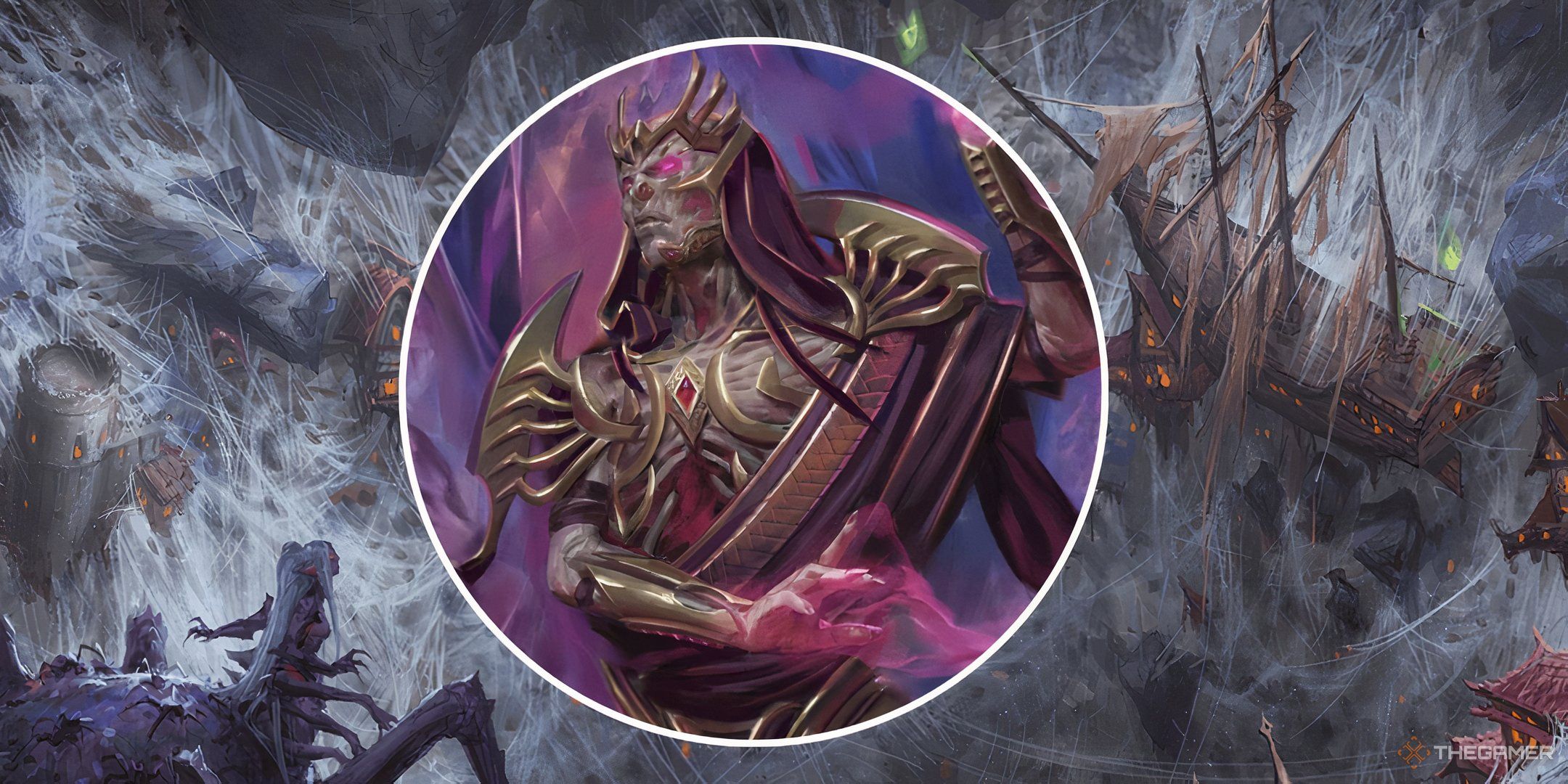
Related
Dungeons & Dragons: How To Create Boss Stat Blocks
If you want to create memorable boss stat blocks for your Dungeons & Dragon campaign, this is the guide for you.
The 2024 Player’s Handbook makes the whole process fairly streamlined, and various aspects detailed within the book still ring true in the older versions of the game. In this guide, we will cover the basics of what leveling up entails, making this a resource that is relevant for all tiers of play.
Gaining A Level
No matter if you just gained the first level of your career or if you made it to the fabled level 20, you will generally be using the same resources when leveling up: your character sheet, the sourcebook for your species, and the sourcebook for your class; you might need more books depending on spells picked or subclass chosen.
With the source books handy, you now need to decide if you want to develop your current class or multiclass into something different. It is best to stay in a single class throughout your career when you just start playing Dungeons & Dragons since all classes are perfectly functional for all tiers of play.
Health And Class Features
As you level up, you gain more hit points, but how many depends on your class. Each class has its hit die, and you need to roll it and add your Constitution modifier to the roll: the total is what you add to your hit point maximum.
There are many house rules about gaining health, so ask your Dungeon Master how that aspect works in their campaign.
You should now look if you gained any new class features from the sourcebook of your class. You may also gain new features from your subclass if you already have one, so you should check the sourcebook for it as well, or the section of it if it is the same book as your base class.
Spells
Among the new features, some classes also have the opportunity to learn new spells. While spells are class-dependent, several source books contain spells for the playable classes, so consult with your Dungeon Master about which books are available for the campaign before picking spells from them.
Some spells have complicated descriptions and clauses for how they work, so consider only adding the spells’ name and source book to your sheet, so you can reference it later.
Several damaging cantrips gain additional benefits at certain levels, particularly at levels five, 11, and 17. This allows casters to keep up with the multiple attacks martial classes make, so keep a close look at any of your cantrips that get upgraded, if any.
Feats And Ability Score Increase
Every four levels, you’ll be given the choice between increasing your ability scores (either one by two points or two by one point each) or gaining a feat. Several feats also increase one of your ability scores by one point, so keep that in mind.
Fighters gain the ability score/feat option more frequently than other classes.
Your ability scores can only go up to 20 using this method, hence why feats are enticing for characters that focus on only one or two abilities. The 2024 Player’s Handbook makes feats even more enticing since all of them increase one ability by one point.
If you raise your Constitution to the point where the modifier changes, said change is retroactive. Your hit point maximum rises by one point for each level you have, so if you reach level eight and raise your Constitution, your hit point maximum rises by eight points accordingly.
Species Features
While the majority of species give all their benefits at character creation, some of them have additional features unlocked at certain levels. Most of these benefits are unlocked at level three, while the most advanced features are unlocked at level five.
Check your species’ sourcebook to see what you unlock, and check for any spells the species might be made available to you. Depending on your chosen class, this might change which spells you wish to take, so keep a close look at what you gain and how to use it.
Proficiency Bonus And Character Sheet
At levels five, nine, 13, and 17, your proficiency bonus increases. While this doesn’t happen often, it is important to keep track of this number since it is key to keeping your character relevant, both during combat and in general roleplay scenarios.
This is also a great time to make sure all numbers on your character sheet are up-to-date, particularly your attack rolls and skill checks. Damage rolls don’t increase with proficiency, but if you raise any ability score related to damage, your damage roll calculations might change.
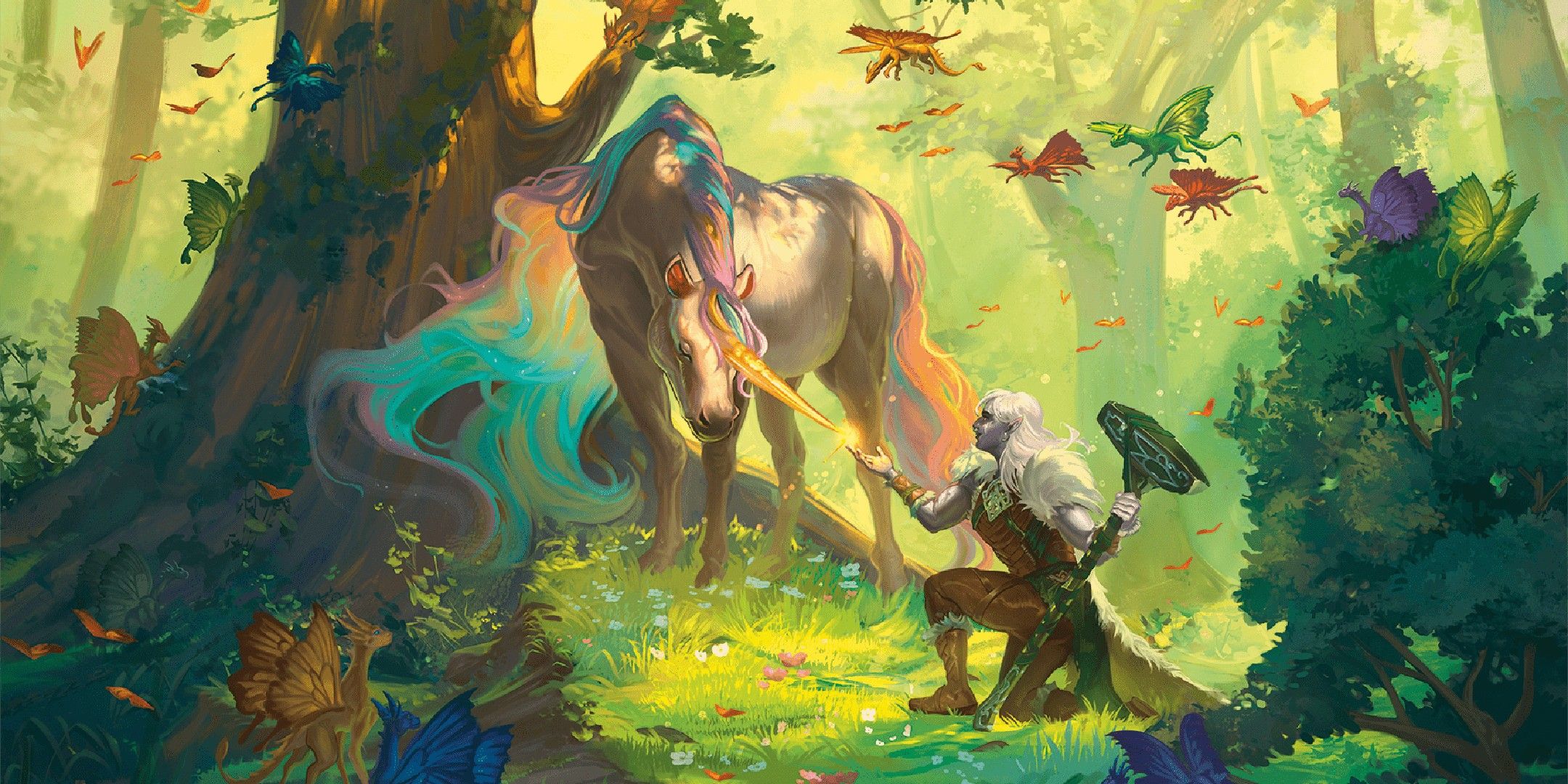
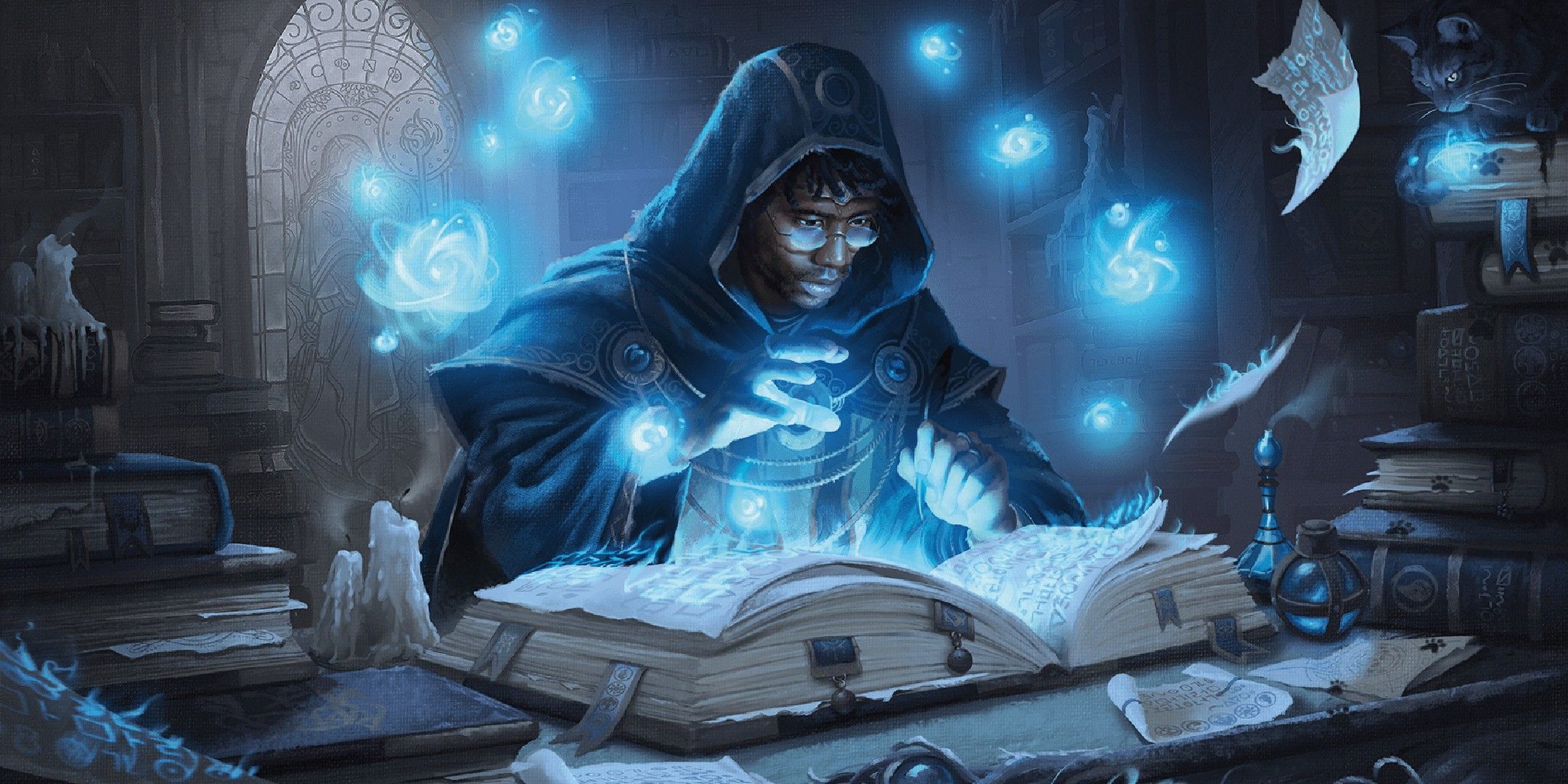


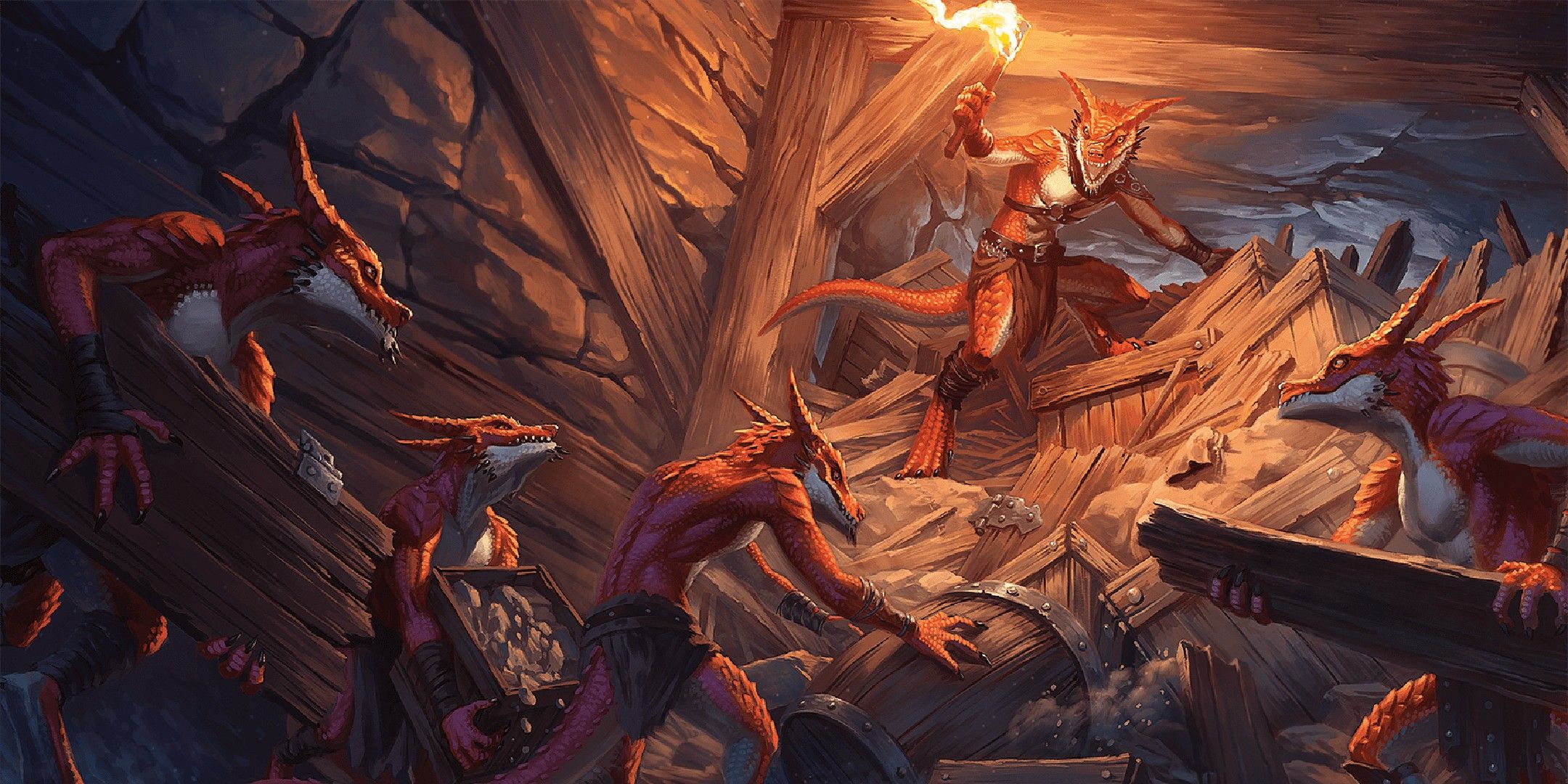











Leave a Reply